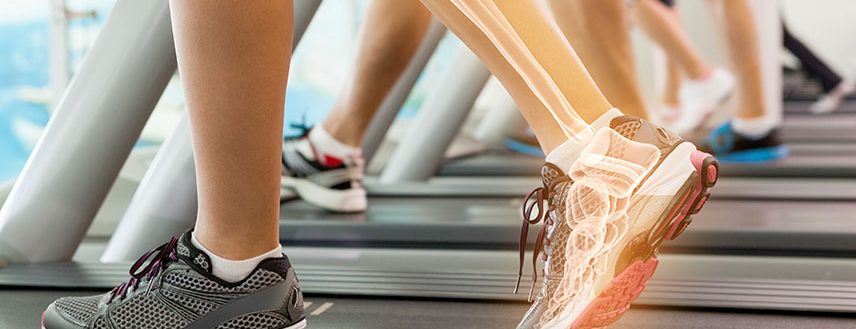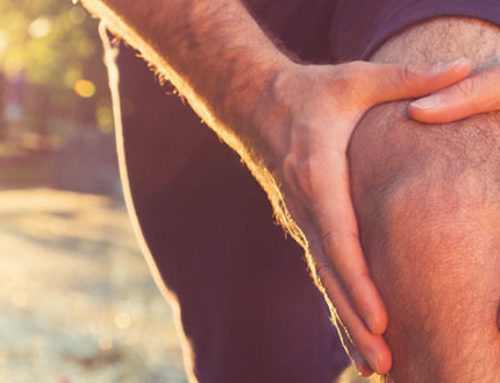
Thank goodness for our bones, otherwise we would be a puddle on the floor. As grateful as we are to our skeletal system for keeping us upright, many of us do not give it much thought. That said, as soon as an issue arises, for example a broken bone or osteoporosis diagnosis, the strength of our bones may become more top of mind. Therefore, we all could benefit from being cognoscente of building and maintaining healthy bones throughout our lives, rather than waiting until there is a problem.
Healthy, strong bones get their start in early childhood. Bones are comprised of living tissue, and new tissue forms when we bear weight on our bones. We begin building bone mass from the moment we start to crawl on hands and knees as a baby. The more mass we build early on, the longer it will last us as we age. Encouraging children and teens to spend plenty of time being physically active is one of the best ways to build bone strength that lasts a lifetime.
For most of us, bone mass peaks around our twenties to thirties. Beyond age, many other factors can affect peak bone mass, such as gender and race. Sources indicate that those who exercise regularly show higher peak bone density than their more stagnant counterparts. After we hit our peak, we can actually begin to lose bone density. As we grow older it becomes very important to continue with weight-bearing and resistance exercises to maintain bone strength. Examples of such exercises include walking or jogging, lifting weights, yin yoga or jumping rope.
Bones do not get strong through physical activity alone. Diet also plays a key role in bone strength and density. Foods that are rich in calcium and vitamin D are recommended to keep our bones solid and healthy. Drinking enough milk isn’t just good advice for kids. In addition to dairy; fish, fruits and vegetables are great choices. It is important to make sure our bodies are getting the nutrients we need to keep our bones healthy at all stages of our lives.
If you are coping with bone density loss, it is best to seek information from your doctor to determine which action plan is best for you. This could include a shift in exercise, diet, or even the addition of medication. Although we do not always have control of what happens as we age, keep in mind there is much we can do to be proactive throughout our lives to build and maintain strong and healthy bones.
Sources:
https://medlineplus.gov/bonedensity.html
https://medlineplus.gov/ency/patientinstructions/000492.htm
https://www.nichd.nih.gov/health/topics/bonehealth/conditioninfo/activity
https://www.bones.nih.gov/health-info/bone/bone-health/juvenile




